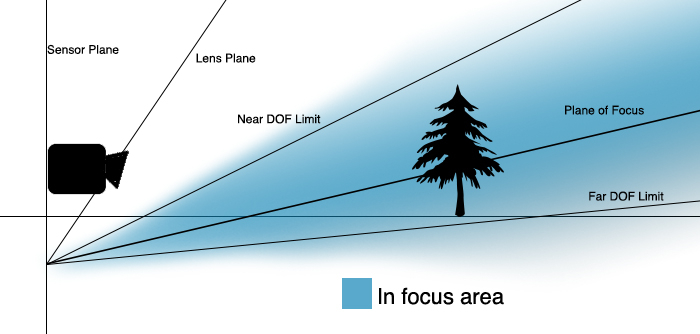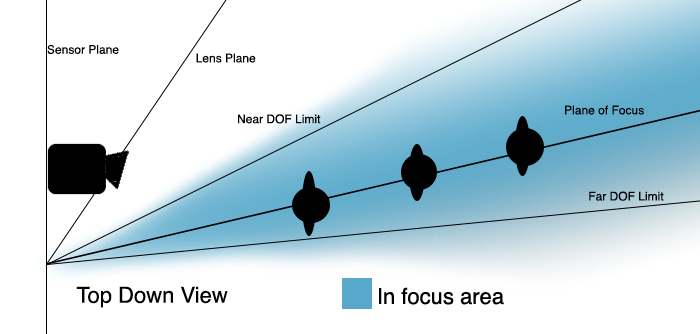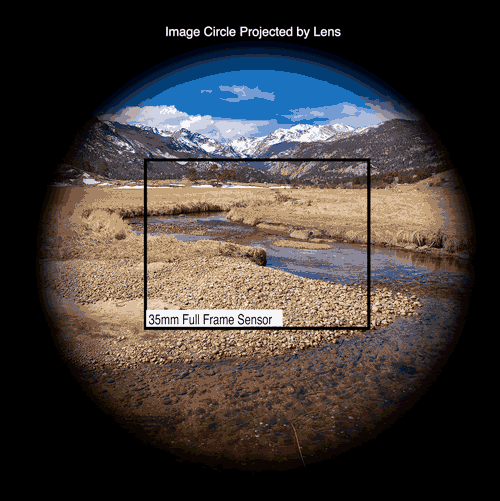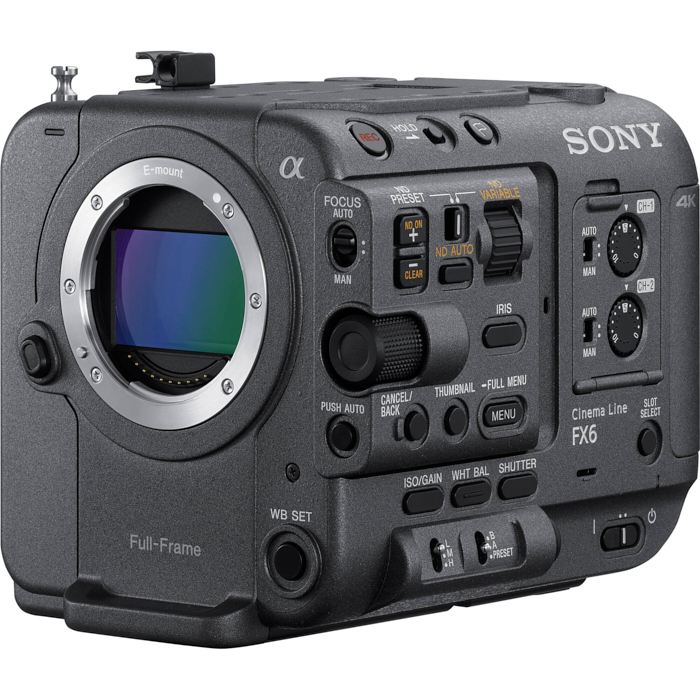You’ve seen the photos. The real life cityscapes that look like they belong on an elaborate model train set. The foreground and background are blurred, making the photo appear like a miniature. This effect is created by certain lenses called Tilt/Shift lenses that have the ability to move and manipulate the plane of focus in a photograph.
Of course, this miniature effect is not the main purpose of Tilt/Shift lenses. They can be used for nearly every photographic application, but are most commonly used for perspective control in architectural photography and depth of field manipulation in landscape and product photography.
Tilt Shift lenses are so named for their ability to do two separate things which are... you guessed it, Tilt and Shift. These "movements" are physical changes in position of a lens, or a body relative to a lens.
Tilt/Swing

Tilt in photography is the up and down change in angle of specific elements in a lens. This movement greatly manipulates the parts of the image that are in focus.
Typically the plane of focus is parallel to the the sensor plane, like in this illustration.

When the lens is tilted forward or backwards, the plane of focus changes angles and forms a wedge shape, as below.

The ability to force depth of field to travel diagonally in space in this way promotes the idea of increased depth of field and sharpness. Its important to note that this method does not increase depth of field, DOF is only moved. Focusing while tilted will then further change the angle of the plane of focus forwards or backwards.
Its is also possible to do the opposite and make only a very small portion of the image in focus. This is accomplished by tilting the lens up instead of down. This will make the plane of sharp focus move diagonally as well, but opposite of the above illustration.
Its important to note that the angle of the lens’ tilt is not equal to the angle of the plane of focus. As the lens is tilted further forward, the angle of the plane of focus increases. With enough tilt, its possible for the plane of focus to be nearly parallel with the ground.

Swing is essentially the same movement as tilt, just in a horizontal orientation. The use of swing allow you to photograph subjects in multiple planes through space. A common use of this function is in wedding photography to photograph the wedding party in a diagonal line, as in the illustration below. This allows the photographer to creatively place the focus just on the subjects, allowing all other aspects of the image to fall out of focus.

Rise/Fall/Shift

Rise and fall are terms associated with another lens movement that doesn’t tilt at an angle, but rather moves parallel to the sensor plane. This lens movement actually moves every optical element in the lens except the mount which remains stationary on the camera. This lens movement dramatically changes the composition of an image by moving the projected image circle across the sensor.

Rise and Fall are the primary movements used for perspective control in architectural and product photography.
Typically when shooting a building, you have to point the camera up to get the whole structure in the frame. This causes an effect called keystoning which makes the bottom of the building wider and the top of the building smaller. This effect is generally undesirable in architectural photography and is often lessened if not corrected entirely by either tilt/shift lenses, correction in software, or a combination of both.
The way to correct this phenomenon in-camera is to position the camera so that the sensor plane is parallel with the vertical structure being photographed, even though you’re cutting off the top part of the building, and then using rise to get the whole building in frame. This will keep vertical lines straight instead of receding into a vanishing point. Many people assume that tilt or swing play large roles in perspective control. This is not true, as tilt and swing will only affect depth of field. However there may be a slight change in composition after tilt or swing have been applied which would need to be compensated for.

Uncorrected Perspective (Simulated)

Corrected Perspective
Most modern DSLR lenses cannot perform swing and tilt or rise and shift at the same time. One or the other can be applied by rotation of the lens, as shown below.

Miniatures
Recently there’s been an increased popularity in the ability to create a faux miniature environment out of a real life scene. This is accomplished by depth of field manipulation through use of a tilt/shift lens or through focus adjustment in software.
By shooting at a wide open aperture, depth of field is decreased significantly. Depth of field is further manipulated by tilting the lens upward so that the depth of field is at an angle which travels through as little of the scene as possible. We interpret the out of focus foreground and background as being part of a much smaller scene, since only things up close look this way to our eye or in a macro photograph. Because distance to subject is one of the three components effecting depth of field, distant objects are always seen completely in focus (assuming proper eyesight). When we are presented with what appears to be a distant scene but only see part of it in focus as if it were a very close object, we interpret the scene as being smaller than it actually is. This is compounded by the fact that large objects appear smaller when further away are able to be completely in or out of focus. You can see this effect in the opening photo of this post.
Conclusion
Tilt Shift lenses can be as complicated or as simple as you like. To use Tilt Shift lenses effectively it helps to have at least a basic understanding of how the lenses work and how they affect depth of field. Tilt Shift lenses are great tools that anyone can use, but are understood properly by few. The best way to wrap your head around how these lenses effect perspective and depth of field is to put one on a camera and try it out for yourself. There’s nothing wrong with testing the lens and learning from trial and error. With practice and some knowledge you’ll be able to achieve consistent, repeatable results that open up new avenues for creativity.






